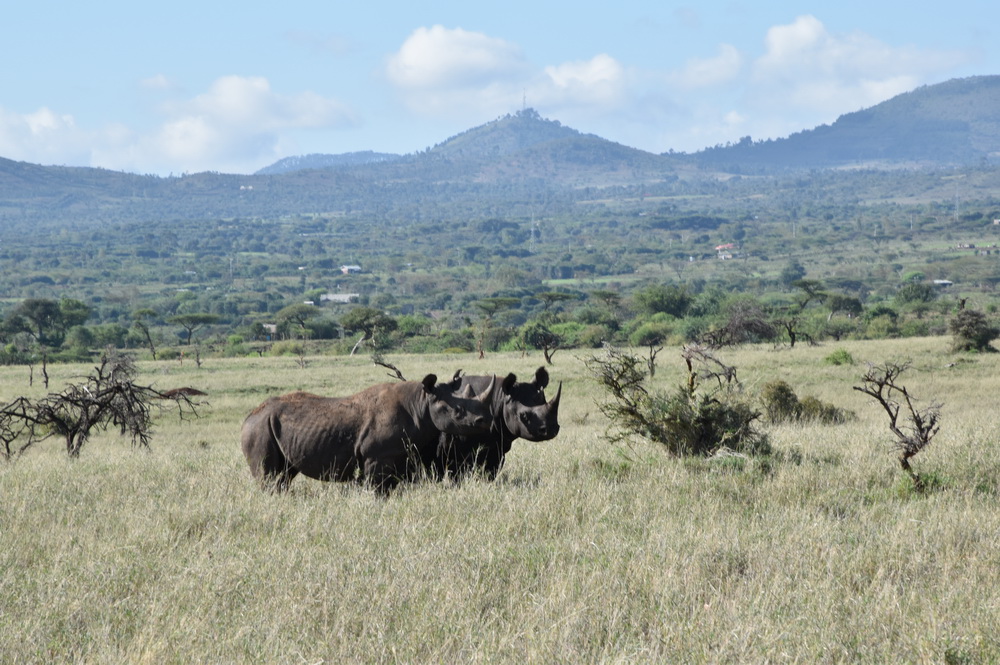In this changing world, how can we continue to save rhinos from the threats they face?
One of the wonderful things about saving rhinos is that they are an ‘umbrella species’. This means that as well as being magnificent animals in their own right, they have a large habitat that they share with many other species of plants and animals. In this way, saving rhinos also means saving lions, tigers, aardvarks, dung beetles and the myriad other creatures that share the rhinos’ world.
But rhino habitat is changing. As people occupy more land, the space available for rhinos and their many cohabiters becomes smaller and more fragmented. Wildlife is forced into places that are challenging for human habitation — the fragments of rainforest in Sumatra and Java, the danger-prone floodplain of the Brahmaputra River in Assam, India, or the remaining protected reserves across Africa.
Two important United Nations reports have been published in the past year. The first, on biodiversity, highlights that nature is declining at rates unprecedented in human history, that around one million animal and plant species are threatened with extinction, and that three-quarters of the land environment on our planet has now been significantly altered by human activity. The second report, on climate change, describes how levels of global warming that were previously considered ‘safe’ will have significant impacts on wildlife. For rhinos in particular, more extreme weather events — droughts and floods — and potential changes to vegetation and food supplies, will be substantial.
Rhinos need larger and more connected safe spaces than ever, so that they can continue to find food and mates, and raise their babies, in a changing world. At the same time, the habitats they need and share with so many other species are under great pressure from humans. Neither of the UN reports says that all is lost, in fact they both draw the same conclusion: we have 10 years to turn this around, to halt the loss of biodiversity and to limit the impacts of climate change.
So, in addition to tackling the immediate and very direct threat of poaching and the illegal wildlife trade, and of course ensuring that essential activities can continue during the Covid-19 pandemic and beyond, we need to work with partners around the world to protect existing rhino habitat and, where possible, to create wildlife corridors that allow rhinos to extend their range.
We need to find ways to help people and wildlife to live safely alongside each other. And we need to be part of the wider conversation about how to limit climate change by moving rapidly to renewable energy, and to build resilience into wildlife habitats so that they can withstand those climate change impacts that are already inevitable.
With help and support from all of our extended family and friends, Save the Rhino will be at the forefront of these efforts in the coming decade. We can and will make a difference.
A version of this article was originally printed in our annual supporter magazine, The Horn.









